Sustainability SDGs Initiatives
What is the SDGs?
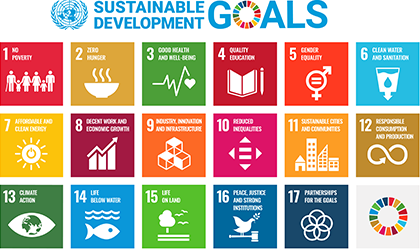
Sustainable Development Goals (SDGs) are international goals aiming for an even better, more sustainable world by 2030. Following the Millennium Development Goals (MDGs) that were drawn up in 2001, the SDGs were set forth in “The 2030 Agenda for Sustainable Development” that was adopted at the September 2015 United Nations Summit. Comprised of 17 goals and 169 targets, they pledge to “Leave no one behind” on the Earth.
The SDGs are universal goals to be tackled by developing countries as well as advanced countries. Japan is also actively endeavoring to reach these goals.
Preserving the global environment

Decreasing environmental load and taking action to prevent pollution
- Reducing CO2 emissions through solar power generation projects
- Reducing CO2 emissions at worksites and conducting activities to curb waste generation (3R activities, zero-emissions activities) (Note 1)
- Managing hazardous chemicals and accelerating green procurement
- Adopting ZEB (external insulation methods, high-efficiency air conditioning, LED lighting, Low-E glass, etc.) and roof greening for the new head office building
- Participating in the Ministry of the Environment’s "CO2 Reduction/Light-Down Campaign" and tree-planting activities
- Endeavoring to prevent disasters caused by frequent, intensifying torrential rain and typhoons through efforts such as riverbank reinforcement projects
- (Note 1)
3R Activities: Activities that reduce, reuse, and recycle
Zero-emissions Activities: Activities that thoroughly carry out recycling to ultimately zero out waste
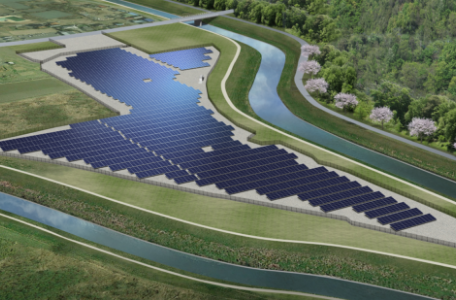
Solar power generation projects
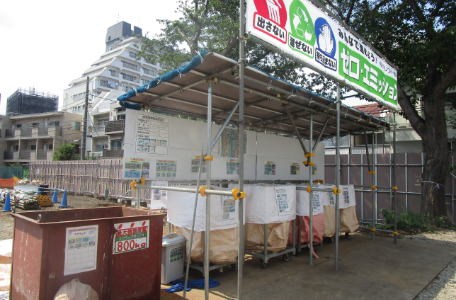
Zero-emissions activities at worksites

Decreasing environmental load by promoting labor-saving measures using the latest technologies
- BIM and CIM initiatives
- Adopting ICT construction machinery
- Actively utilizing ICT equipment (utilizing drones, etc.)
- Promoting an industrialized method using precast concrete
- Utilizing PPVC licenses
- Prefabricated prefinished volumetric construction
- Nakano Singapore overseas
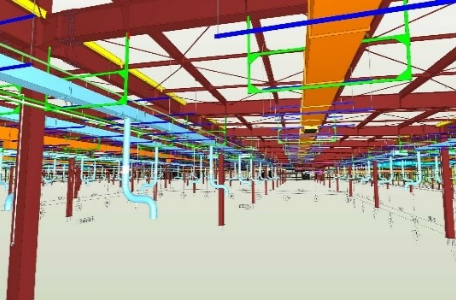
BIM initiatives
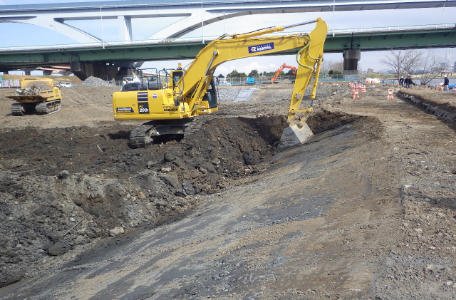
Slope formation using ICT construction machinery (automatic control)
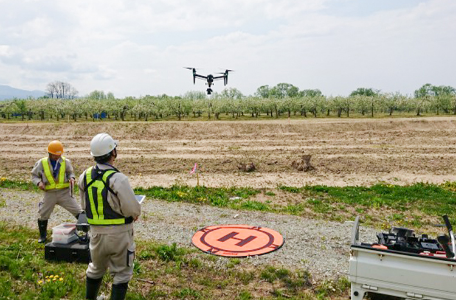
Utilizing a drone
Contributing to local communities

Bolstering communication with local communities
- Participating in community clean-up activities and local fire drills by volunteer fire brigades in various sites nationwide
- Making the new head office building a seismically isolated structure, and installing disaster preparedness emergency supply storerooms and emergency toilets
- Drawing up BCP and conducting drills
- Conducting activities preserving cultural assets by trimming and clearing the garden at the Historic Morgan Residence
Promoting social contribution activities
- Participating in and supporting blood drives, Relay for Life (Note 2), and People’s Hope Japan (Note 3)
- Nurturing sports culture through activities that promote sports
- Entering into disaster agreements with entities such as the Ministry of Land, Infrastructure, Transport and Tourism and the Tokyo Metropolitan Government
- Spreading Eco Cap activities (polio vaccine) (Note 4)
- (Note 2) Activities that support cancer patients and their families, and aim to overcome cancer community wide
- (Note 3) Educational activities centering on health and medical care for the independence of people in developing Asian countries
- (Note 4) A vaccine to prevent polio
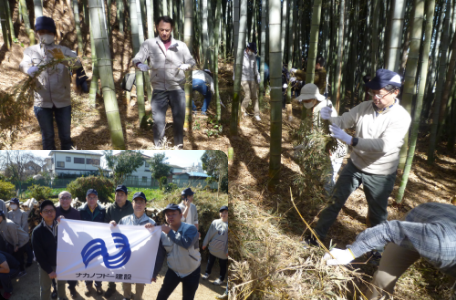
Trimming and clearing the garden at the Historic Morgan Residence
Enriching workplace environments
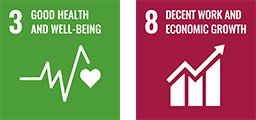
Creating workplaces where people can work in good health
- Initiatives for health management in response to work style reform
- Initiatives for promoting utilization of paid vacation time, curbing long work hours, and implementing 8 days off for every 4 weeks for worksites
- Encouraging video meeting, implementing stress checks that include worksites, and conducting individual interviews with all employees
- Drawing up and implementing general employer action plans (related to promoting women’s participation and advancement in the workplace), and encouraging male employees to take childcare leave
- Continuing initiatives to prevent harassment and internal reporting systems
- Spreading and promoting the Construction Career Up System (CCUS)
Cultivating human resources

Educational activities
- Implementing employee education (new employee/technical employee/sales training, compliance training, etc.)
- Supporting employee qualification acquisition (commuting to vocational schools, training for test-taking strategies, training for updating qualifications)
- Implementing training for skilled workers at worksites and continuing the merit-based leadership system
- Establishing a technical center in the new head office building to promote training for technical employees
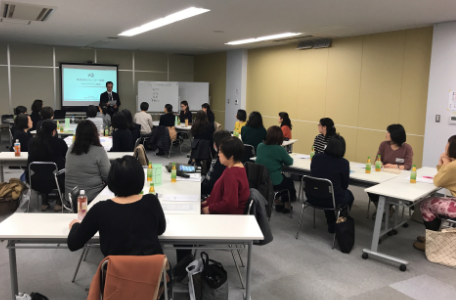
A training session
Promoting diversity (hiring diverse people regardless of nationality, sex, age, etc. and carrying out varied work styles, etc.)
- Initiatives for promoting women’s participation and advancement in the workplace (assigning women managers, improving worksite environments, implementing training sessions, acquiring the Eruboshi certification)
- Hiring non-Japanese nationals and persons with disabilities
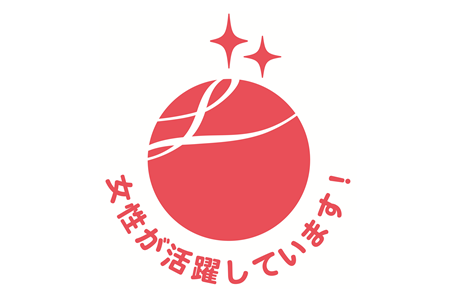
The Eruboshi certification mark